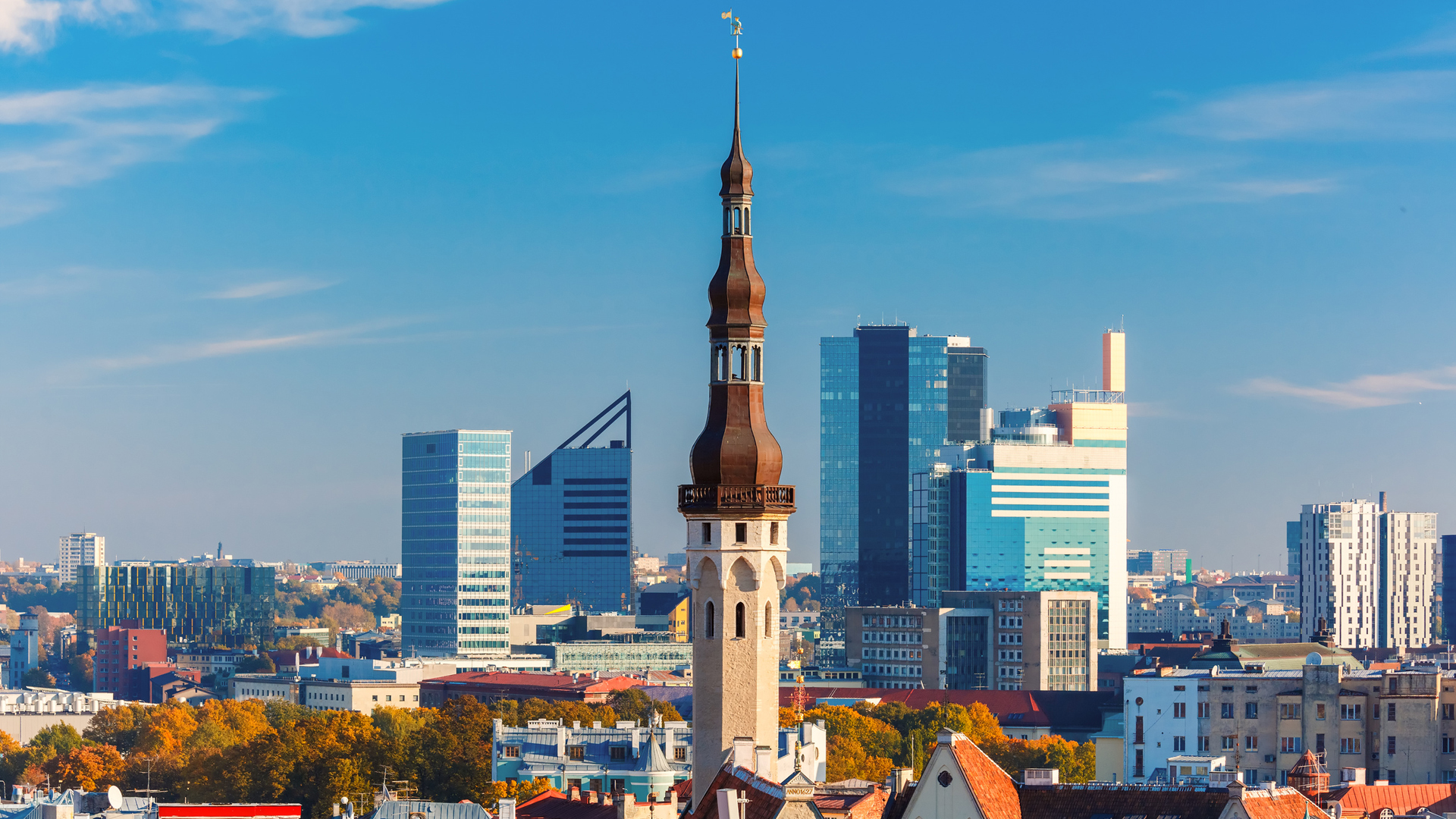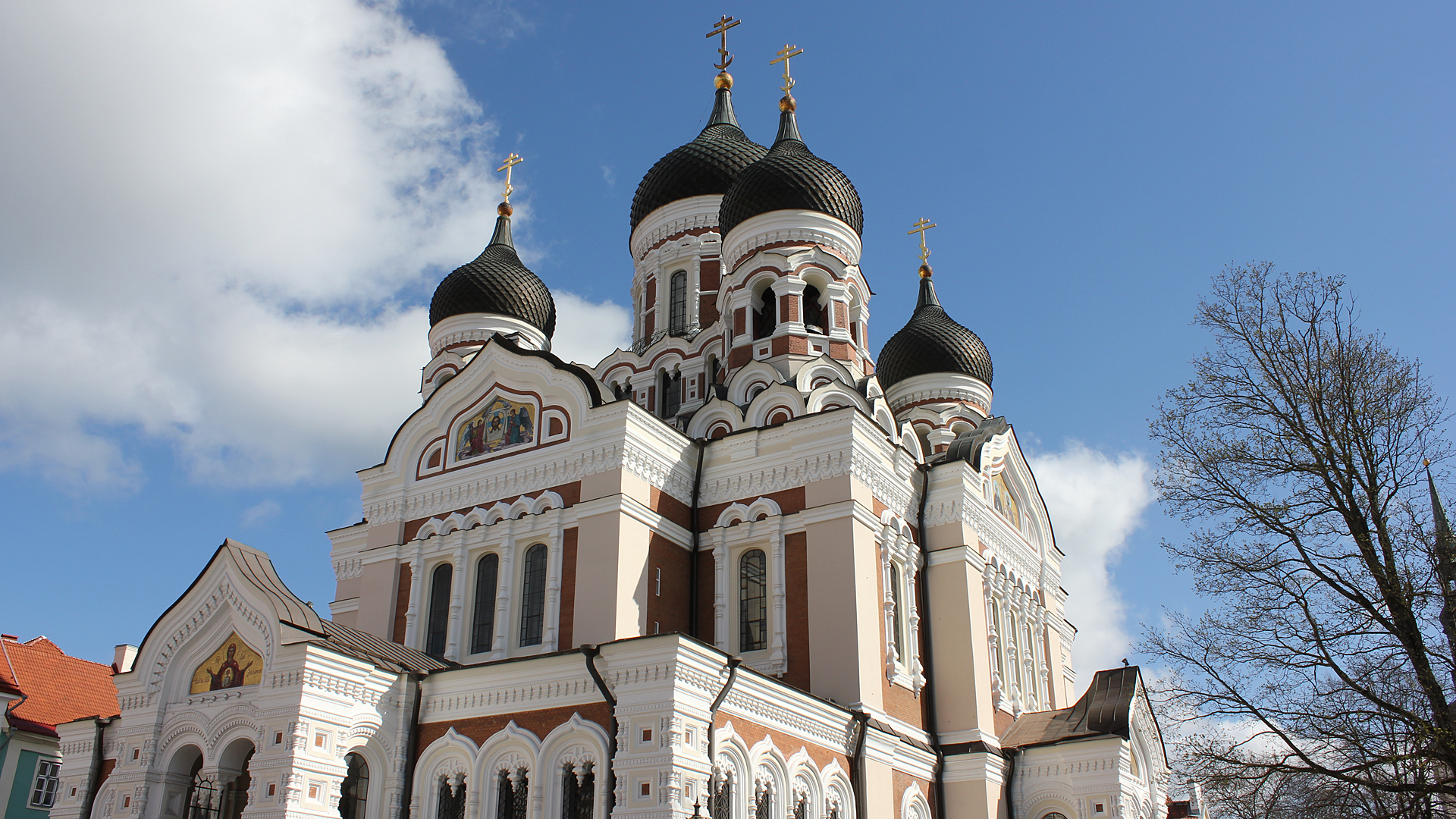













Spring starts out cool, with freezing temperatures common in March and April but gradually becomes warmer in late May when daytime temperatures average 59.4o F although nighttime temperatures still remain cool, averaging 30.2 to 41.4o F from March to May. Snowfall is common in March and can occur in April.
Summers are mild with daytime temperatures hovering around 66 to 70o F and nighttime temperatures averaging between 49.3 to 54.9o F from June to August. The warmest month is usually July, with an average of 63.0o F. Periods of hot weather are rare during the summer months, with only 31 days per year where the temperature reaches or exceeds 69.8o F. During summer, partly cloudy or clear days are common and it is the sunniest season, ranging from 7.4 hours of sunshine in August to 10.1 hours in June although precipitation is higher during these months. As a consequence of its high latitude, at the summer solstice, daylight lasts for more than 18 hours and 30 minutes.
Fall starts out mild, with a September average of 52.3o F and increasingly becomes cooler and cloudier towards the end of November. In the early parts of fall, temperatures commonly reach 59o F on some days and at least one day above 70o F in September. In the latter months of fall, freezing temperatures become more common and snowfall can occur.
Tallinn receives 24.3 inches of precipitation annually which is evenly distributed throughout the year although March and April are the driest months, averaging about 1.2 inches while July and August are the wettest months with 2.9 inches of precipitation. The average humidity is 81%, ranging from a high of 88% to a low of 69% in May. Tallinn has an average windspeed of 7.5 miles per hour with winters being the windiest (around 8.9 miles per hour in January) and summers being the least windy at around 6.48 miles per hour in July and August. Extremes range from -24.0o F in January 1940 to 93.7o F in July 1994.